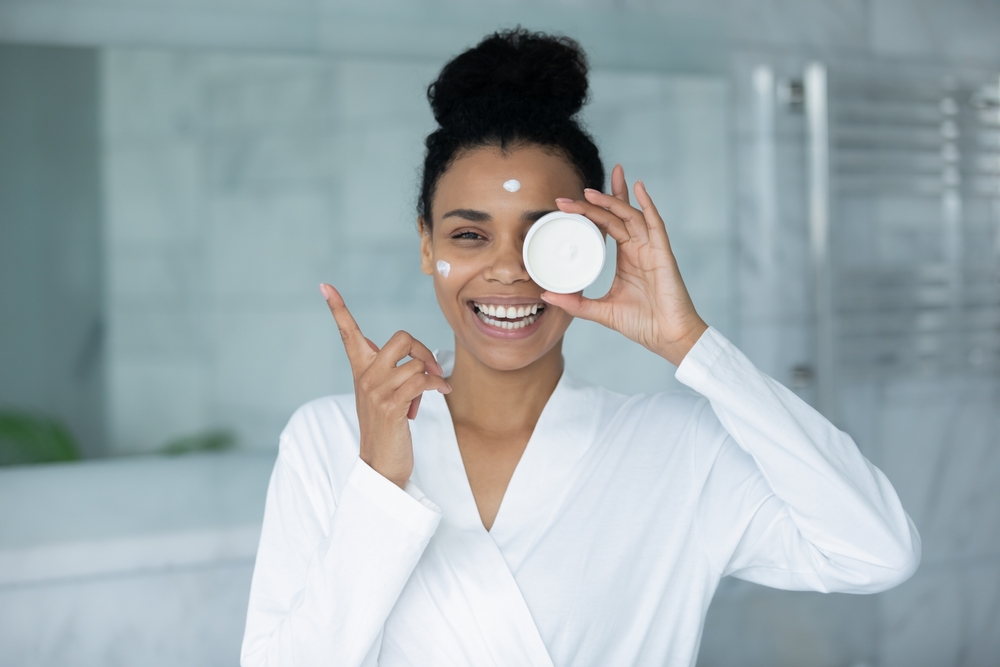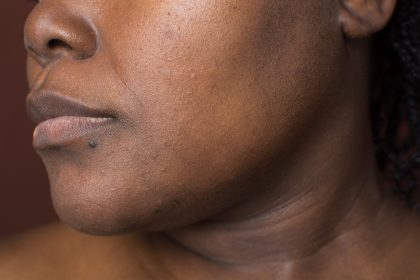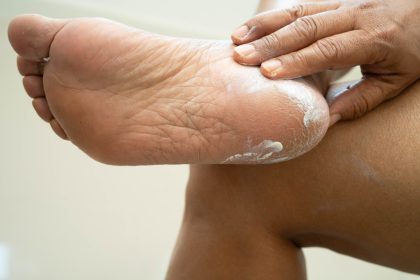Managing oily skin requires more than just blotting papers and mattifying products. With the right approach and consistent care, you can transform a shiny complexion into a balanced, healthy glow. Here’s what dermatological research tells us about managing oily skin effectively.
The science behind oily skin
Excess oil production stems from overactive sebaceous glands, which can lead to clogged pores and recurring breakouts. While genetics play a significant role, external factors such as climate, stress levels, and dietary choices can influence how much oil your skin produces. Understanding these factors helps develop an effective management strategy that goes beyond surface-level treatments.
Essential steps for daily care
The foundation of any effective skincare routine starts with proper cleansing. Use a gentle, non-comedogenic cleanser twice daily to remove impurities without compromising your skin’s natural barrier. Harsh products that strip the skin often trigger increased oil production – the opposite of what you want.
Key ingredients to look for:
- Salicylic acid for deep pore cleansing
- Benzoyl peroxide to combat acne-causing bacteria
- Niacinamide to regulate oil production
- Hyaluronic acid for lightweight hydration
- Green tea extract for its anti-inflammatory properties
- Zinc oxide for non-greasy sun protection
After cleansing, apply an alcohol-free toner containing soothing ingredients like witch hazel or green tea extract. These ingredients help maintain proper pH balance while reducing the appearance of enlarged pores. A well-formulated toner removes any remaining residue and prepares your skin for subsequent products.
The hydration paradox
Despite common misconceptions, oily skin requires proper hydration. Skipping moisturizer can lead to dehydrated skin, triggering even more oil production. Choose lightweight, oil-free formulations that provide necessary moisture without adding shine. Look for gel-based moisturizers that absorb quickly and leave a matte finish.
The same principle applies to sun protection. Daily application of a broad-spectrum, oil-free sunscreen prevents premature aging and protects against UV damage. Look for formulations containing zinc oxide or titanium dioxide for gentle yet effective protection. Modern sunscreen formulations offer powerful protection without the heavy, greasy feel of traditional products.
Weekly maintenance rituals
Exfoliation plays a crucial role in managing oily skin, but moderation is key. Use chemical exfoliants containing beta-hydroxy acids (BHAs) once or twice weekly to clear pores and prevent buildup. Over-exfoliation can damage your skin’s protective barrier, so resist the urge to scrub daily. Pay attention to how your skin responds and adjust frequency accordingly.
Clay masks serve as an excellent complement to your weekly routine. These masks, particularly those containing kaolin or bentonite clay, help absorb excess oil and purify pores without causing irritation. Apply once weekly for optimal results. The detoxifying properties of clay masks help remove impurities while calming any redness or inflammation.
Nighttime treatment strategy
Evening hours provide an ideal opportunity for targeted treatment. Incorporate serums or treatments containing retinol or niacinamide to regulate oil production and improve skin texture while you sleep. These ingredients work effectively without the interference of environmental factors or makeup. The skin’s natural repair processes are most active during sleep, making this the perfect time for intensive treatments.
Lifestyle factors for skin health
Managing oily skin extends beyond topical treatments. Consider these important factors:
- Choose makeup products labeled as non-comedogenic and oil-free
- Keep hands away from your face throughout the day to prevent bacterial transfer
- Maintain proper hydration by drinking adequate water throughout the day
- Include omega-3 rich foods like salmon and walnuts in your diet
- Clean phone screens and pillowcases regularly to prevent bacterial buildup
- Manage stress through regular exercise and adequate sleep
- Limit consumption of processed and sugary foods that may trigger breakouts
Professional intervention
If over-the-counter products prove insufficient, consult a dermatologist. They can recommend prescription-strength treatments or professional procedures tailored to your specific needs. Common options include prescription retinoids, chemical peels, or laser therapy. Professional guidance can be particularly valuable if you experience persistent acne or severe oil production.
Long-term benefits and maintenance
Consistency with your skincare routine yields more than just aesthetic improvements. A well-maintained complexion can boost confidence and establish healthy self-care habits. While managing oily skin requires dedication, the results make the effort worthwhile.
Remember that skin needs time to adjust to new routines. Give products at least 4-6 weeks to show results before making changes. With patience and proper care, you can achieve the balanced, healthy complexion you desire. Regular assessment of your skin’s needs and adjusting your routine accordingly ensures continued success in managing oily skin.
This story was created using AI technology.











